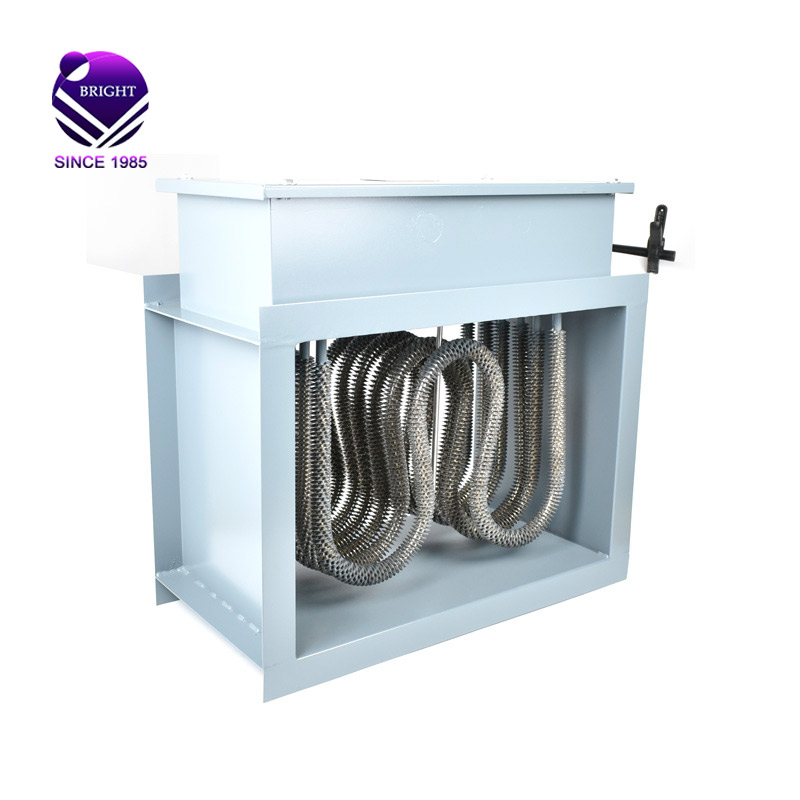
Duct heaters preheat air before it is distributed to your room. The most common type is the electric tube heater. They generate heat as a current passes through a resistor (coil). The passing air absorbs the heat in the coil and is pushed through the ductwork into your room. In-line duct heaters are available for space, supplementary and primary heating applications.
Industrial and commercial electric duct heaters are versatile - they can be used for paint drying or heat treatment purposes, as well as primary, secondary and even emergency and standby heating. They are easy to install and maintain, and have a variety of installation options that give you great flexibility in choosing where to install them.
As with other electric heating solutions, they are an effective option and especially cost-effective if you live in an area with low electricity costs. You can further increase efficiency with a well-maintained plumbing system; Check your pipes regularly to make sure they are completely sealed and free of holes and leaks.
Characteristics and advantages
The long life alloy jacket resists corrosion/oxidation while protecting the resistance coil from contamination
MgO insulated filling elements are compact to rock solid density to maximize dielectric strength, heat transfer and life
Field replaceable heating elements facilitate maintenance and reduce downtime. Single screw fixture makes filter element replacement easy
3 1/2 inch (90 mm) thick mineral insulation keeps wiring cool and reduces heat loss Silicone seals are rated at 105°C to protect components from moisture and other contaminants
Universal junction box for easy wiring of 1/4 inch (6 mm) bore thermocouple sleeve
Accept optional J or K thermocouples for precise sheath temperature sensing








